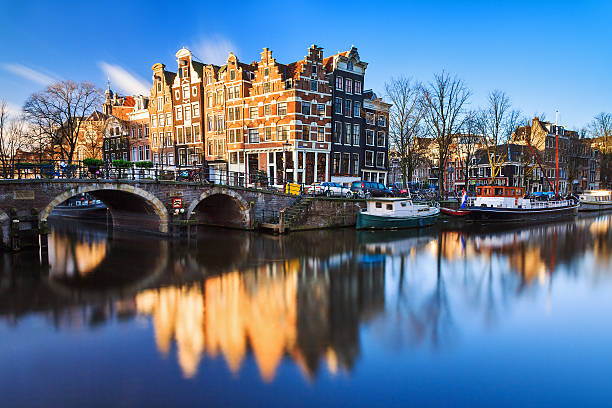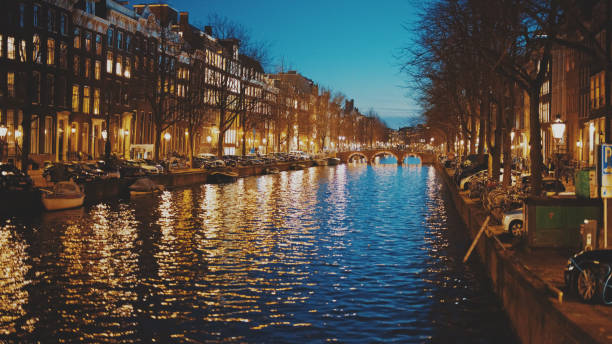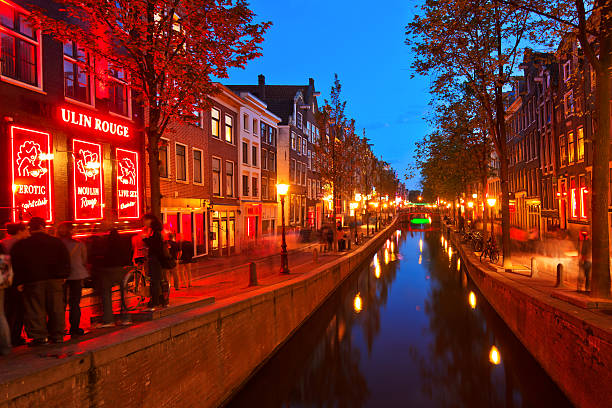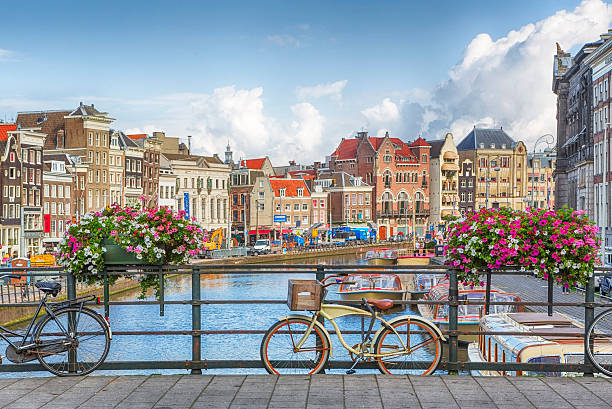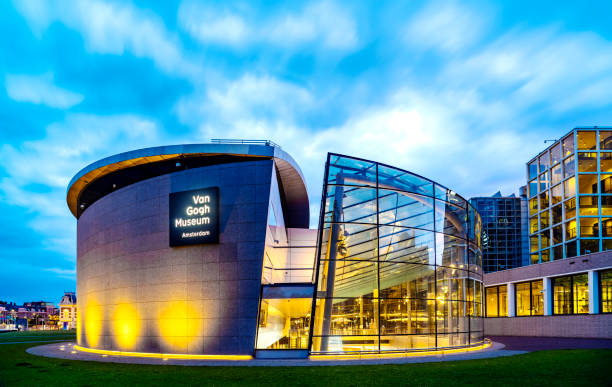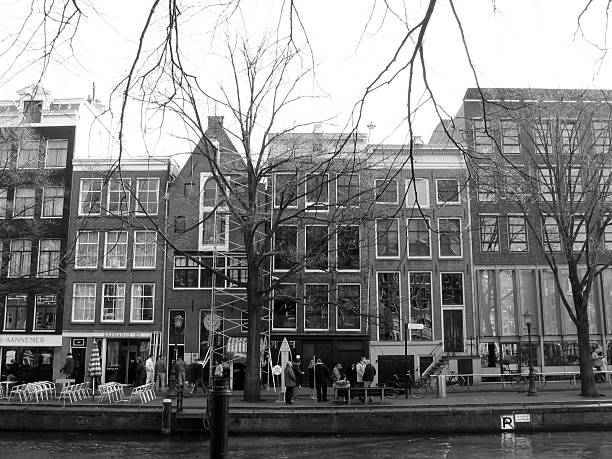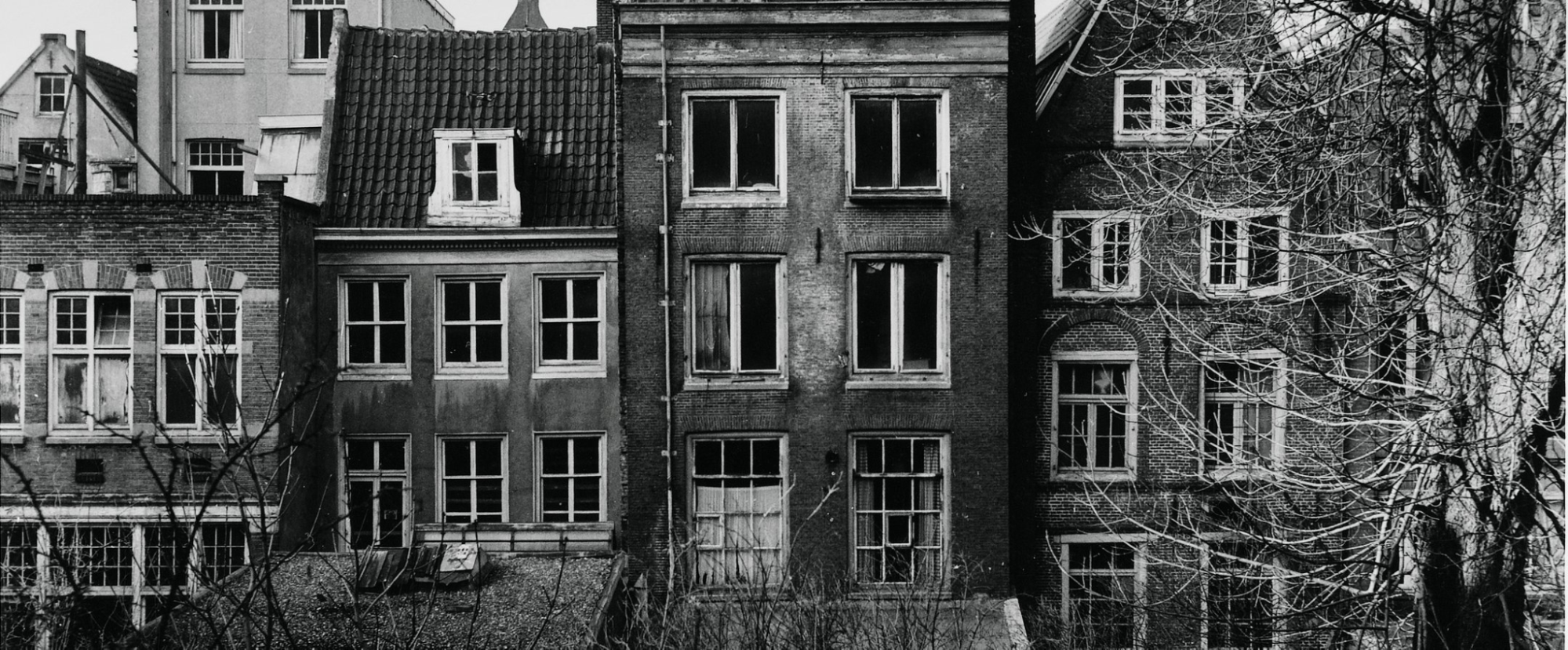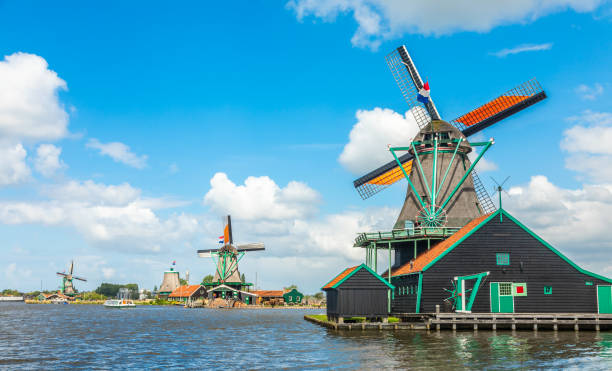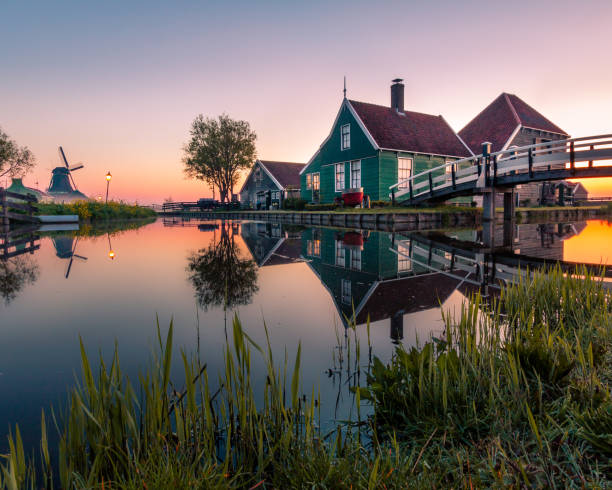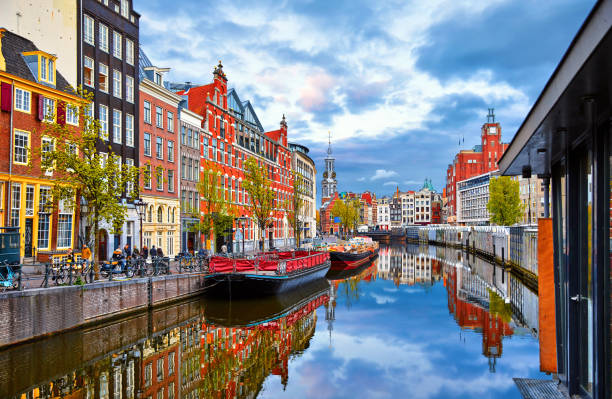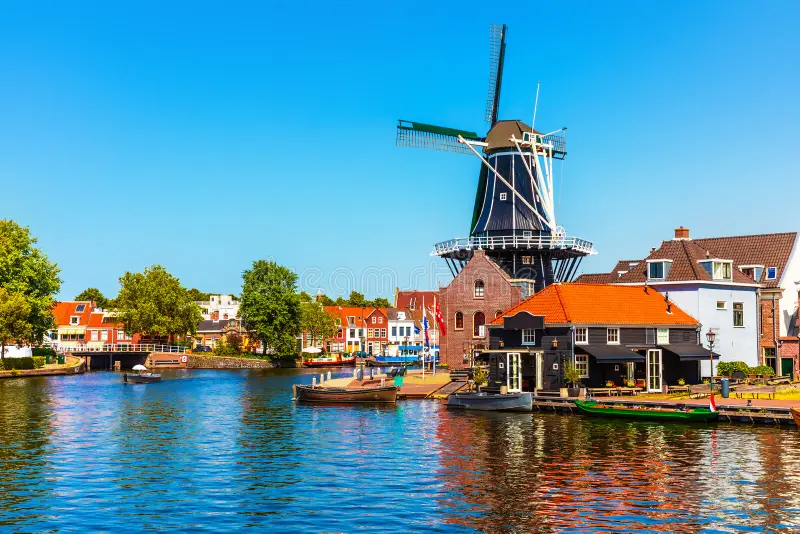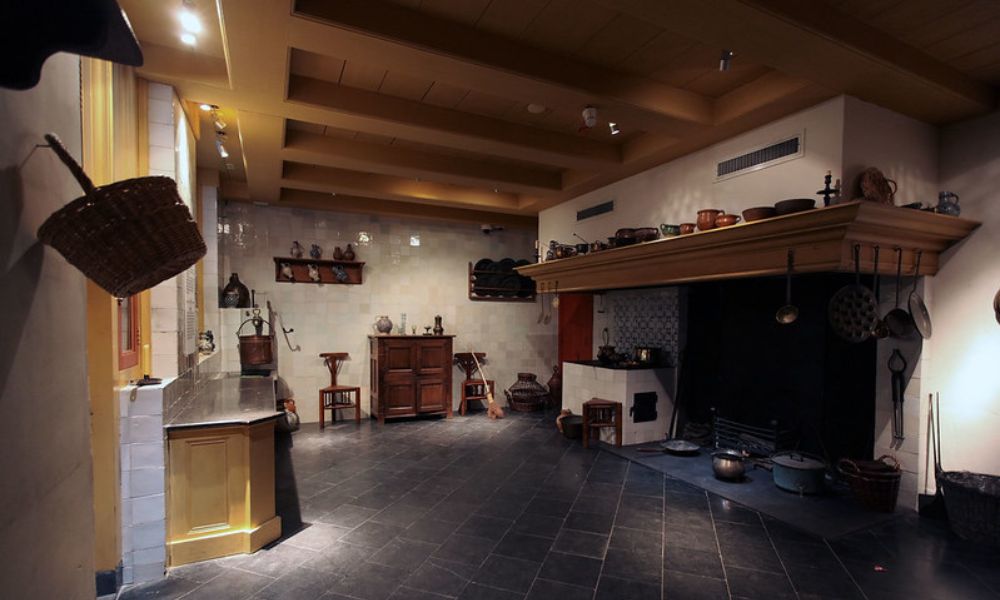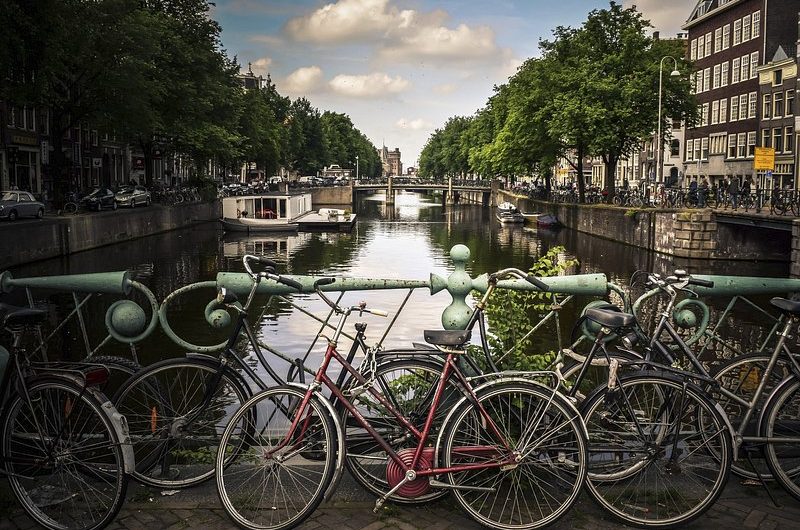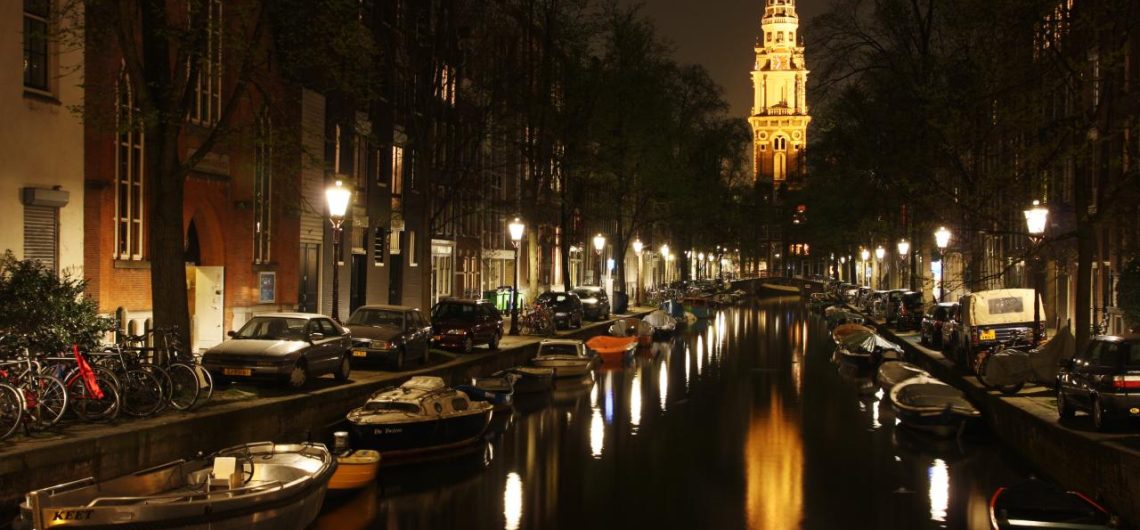Amsterdam is a city full of history, culture, and vibrant neighborhoods. Three of the most iconic districts in the city center are the Jordaan, Red Light, and Jewish Quarter. Each of these neighborhoods has a unique character, with fascinating histories and attractions to explore. In this article, we will explore the culture and heritage of these three districts and share some tips on how to make the most of your visit. The Jordaan The Jordaan is one of Amsterdam's most famous neighborhoods, known for its bustling streets, picturesque canals, and cozy cafés. The neighborhood was originally built in the 17th century to house the city's working-class population, and it has retained its working-class roots and bohemian charm to this day. One of the best ways to explore the Jordaan is on foot, wandering through the narrow streets and admiring the colorful houses and unique buildings. Some of the must-see attractions in the Jordaan include the Anne Frank House, the Westerkerk (a beautiful church with a tower that offers stunning views of the city), and the Noordermarkt (a popular market that sells everything from fresh produce to vintage clothing). The Jordaan is also known for its lively music scene, with many bars and cafes hosting live music performances throughout the week. Be sure to check out the Café de Jordaan, a popular bar that has been serving locals and visitors for over 40 years. Red Light District The Red Light District is one of Amsterdam's most infamous neighborhoods, known for its legal prostitution and coffee shops. While it may not be everyone's cup of tea, the Red Light District is still worth a visit for its unique atmosphere and history. One of the most iconic features of the Red Light District is the window brothels, where prostitutes advertise their services to
Amsterdam is a city full of history, culture, and vibrant neighborhoods. Three of the most iconic districts in the city center are the Jordaan, Red Light, and Jewish Quarter. Each of these neighborhoods has a unique character, with fascinating histories and attractions to explore. In this article, we will explore the culture and heritage of these three districts and share some tips on how to make the most of your visit.
The Jordaan
The Jordaan is one of Amsterdam’s most famous neighborhoods, known for its bustling streets, picturesque canals, and cozy cafés. The neighborhood was originally built in the 17th century to house the city’s working-class population, and it has retained its working-class roots and bohemian charm to this day.
One of the best ways to explore the Jordaan is on foot, wandering through the narrow streets and admiring the colorful houses and unique buildings. Some of the must-see attractions in the Jordaan include the Anne Frank House, the Westerkerk (a beautiful church with a tower that offers stunning views of the city), and the Noordermarkt (a popular market that sells everything from fresh produce to vintage clothing).
The Jordaan is also known for its lively music scene, with many bars and cafes hosting live music performances throughout the week. Be sure to check out the Café de Jordaan, a popular bar that has been serving locals and visitors for over 40 years.
Red Light District
The Red Light District is one of Amsterdam’s most infamous neighborhoods, known for its legal prostitution and coffee shops. While it may not be everyone’s cup of tea, the Red Light District is still worth a visit for its unique atmosphere and history.
One of the most iconic features of the Red Light District is the window brothels, where prostitutes advertise their services to passersby. While prostitution is legal in the Netherlands, it is heavily regulated, and the women who work in the Red Light District are well protected and have access to healthcare and other support services.
Aside from the brothels, the Red Light District is also home to many coffee shops, where visitors can legally purchase and consume cannabis. While it is important to use caution and moderation when consuming cannabis, the coffee shops offer a unique and relaxed atmosphere that is perfect for chilling out and people-watching.
Jewish Quarter
The Jewish Quarter is a fascinating and prosperous neighborhood in Amsterdam that is rich in history and culture. The area was home to a vibrant Jewish community before World War II, and many of the community’s landmarks and buildings were destroyed during the war.
Today, the Jewish Quarter is a thriving neighborhood that is home to many Jewish institutions and businesses, including the Jewish Historical Museum and the Portuguese Synagogue. Visitors can also take a guided walking tour of the neighborhood to learn more about its history and significance.
One of the most moving attractions in the Jewish Quarter is the Anne Frank House, where Anne Frank and her family hid from the Nazis during World War II. The house has been preserved as a museum, and visitors can see the secret annex where Anne and her family lived and learn about their experiences during the war.
Tips for visiting
If you are planning a visit to the Jordaan, Red Light, or Jewish Quarter districts, here are some tips to help you make the most of your experience:
- Respect the local culture and customs. Each of these neighborhoods has its own unique character, and it is important to be respectful and mindful of the local customs and traditions.
- Dress appropriately. While Amsterdam is a relatively liberal city, it is still important to dress appropriately when visiting religious or cultural institutions.
- Usecautionwhenconsuming cannabis. While cannabis is legal in the Netherlands, it is important to use caution and moderation when consuming it, particularly if you are not used to its effects.
- Book tickets in advance. Popular attractions such as the Anne Frank House can have long lines, so it is advisable to book your tickets in advance to avoid disappointment.
- Take a guided tour. Guided tours can be a great way to learn more about the history and significance of these neighborhoods, as well as see some of the hidden gems that you might otherwise miss.
- Explore on foot or by bike. The Jordaan, Red Light, and Jewish Quarter are all best explored on foot or by bike, as Arrow streets and picturesque canals are not always accessible by car.
- Try the local cuisine. Amsterdam is known for its delicious cuisine, from the traditional Dutch dish of stamppot to the popular street food of bitterballen. Be sure to try some of the local specialties while you are exploring these neighborhoods.
Final Thoughts
The Jordaan, Red Light, and Jewish Quarter are three of the most iconic neighbourhoods in Amsterdam, ach with its own unique character and attractions. Whether you are wandering through the charming streets of the Jordaan, exploring the Red Light District, or learning about the history of the Jewish community in Amsterdam, these neighbourhoods are sure to leave a lasting impression on you. So why not start planning your visit today and discover all that these fascinating districts have to offer?
From the charming streets of the Jordaan to the prominent history of the Jewish Quarter and the unique atmosphere of the Red Light District, Amsterdam’s city centre offers a wealth of experiences for visitors to enjoy. With its rich culture, vibrant nightlife, and stunning architecture, it is no wonder that Amsterdam is one of the most popular tourist destinations in Europe.
While the Jordaan, Red Light, and Jewish Quarter are just a few of them in Amsterdam, they are definitely among the most iconic and unforgettable. So why not add them to your travel itinerary and discover all that Amsterdam’s city centre has to offer? Whether you are exploring the streets of the Jordaan, indulging in the unique atmosphere of the Red Light District, or learning about the history of the Jewish community in Amsterdam, there is something for everyone to enjoy in this incredible city.
